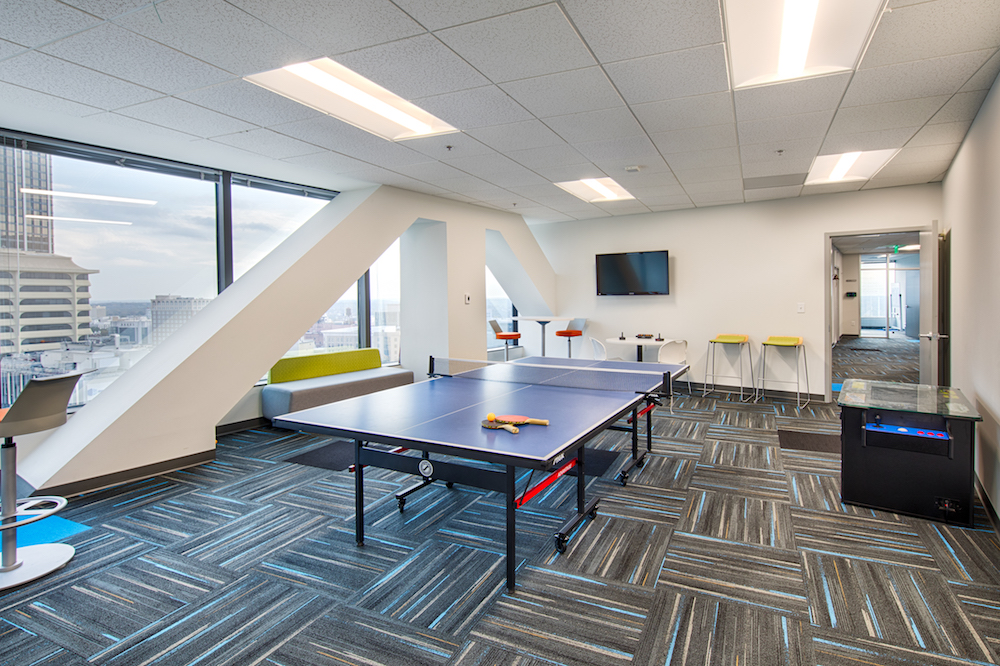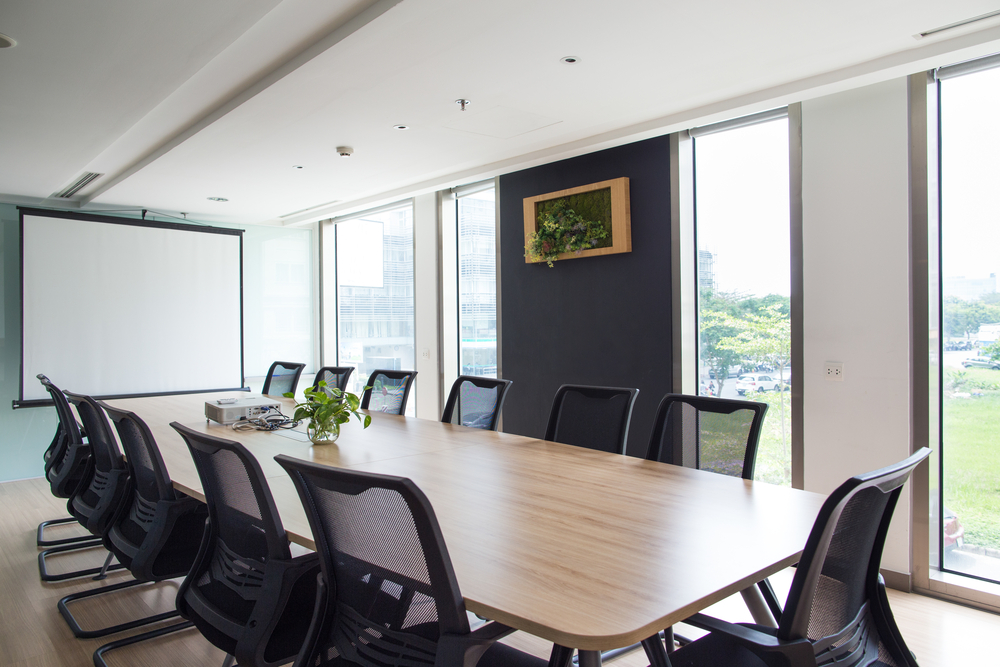It seems that these days everyone is thinking about generations – discrepancies in generations, variations in generations, optimizing business development through generations, etc. The gaps between the generations have important implications in almost every aspect of our personal and professional lives. Does your work environment factor into this list?
 The Generations
The Generations
Baby Boomers are those born between 1946-1965. They are hard-working people who often have a sense of stability, formality, and obligation. They value quality and have a strong sense of loyalty. Many have been affected by the recent economic downturn, delaying retirement until funds have been recovered or assets have been replenished.
Generation X, born 1966-1977. They are today’s smallest workplace population. The generation was the first to see both parents regularly in the workforce, resulting in a clear sense of self-reliance and autonomy. They are outcome-oriented and often compensation-driven.
Millennials, or Gen Y, were born between 1978-1995. Smaller family sizes affected this group, and they grew up close and connected with their parents. In the workplace, this translates into a need for more senior peers to engage with leadership and mentoring. As they grew up, technology became omnipresent, creating a strong sense of comfort and dependency on technology and multitasking habits.
Generation Z was born after 1995, and its influence on the work environment remains somewhat mysterious. While Millennials are at ease with technology, Gen Z sees it as a self-extension. As a result, questions about the interpersonal skills of this generation are often expressed. They have a high rate of homeschooling and having one stay-at-home parent which has contributed to a strong work ethic, in addition to the need for stability, order, and predictability.
Generational Preferences
Boomers are comfortable with traditional and experimental layouts. Traditionally, they have been less concerned with flexibility and communication in the workplace. Their primary concern was to maintain a stable job that provided a regular paycheck. The environment where they earned this paycheck didn’t matter as much which is where the rise if cubicles stemmed from.
Generation X can handle this wide range of workplace architecture but appears to favor the transitional and more open office designs. However, they may not be as enthusiastic about the whimsical and unstructured office environment as Millennials.
Millennials have shown a preference for an unstructured, spontaneous workplace. They are perfectly happy working from a coffee shop and playing air hockey in the middle of the day.
Generation Z, on the other hand, prefers a clear understanding of the purpose of different work environments with an intuitive design. They like to have different work settings, but also like to know what to expect as they enjoy the flexibility of moving around. When it comes to preferences in the workplace, Generation Z resembles Boomers.
How to Design a Workplace for All Generations
Bear in mind structure can be accomplished when planning for a multi-generational workforce by providing a clear layout. Design a smart workplace where everyone understands the function of each space and how to utilize them.
Open or collaborative spaces are still necessary to promote spontaneous and creative interaction. Focus on technology to allow more video conferencing and online communication. As more and more workplaces allow employees to work remotely and network with offices in multiple cities, it is important to have access to communication with those who are not physically present.
Refuge or focus rooms can help multi-taskers focus on the task at hand. Privacy for one-on-one sessions is also important. Regardless of age, it’s also nice to have a little privacy to get your work done or to make a phone call.
If you would like to design a workspace where multiple generations can thrive, contact Planning Interiors at 470-545-4906.